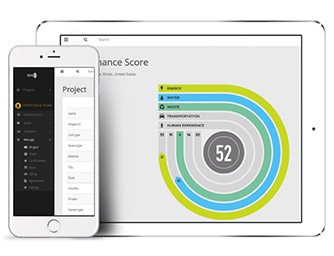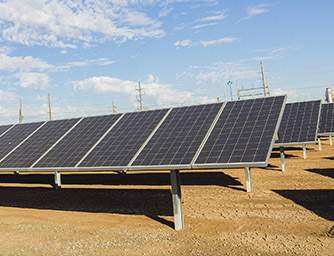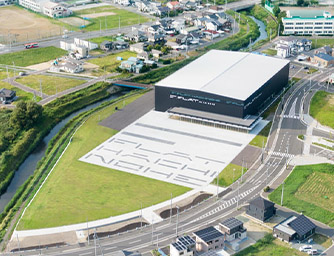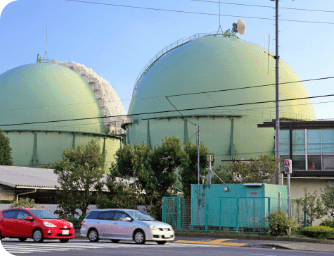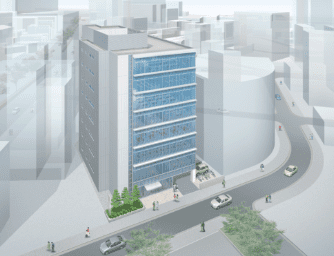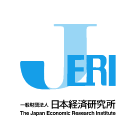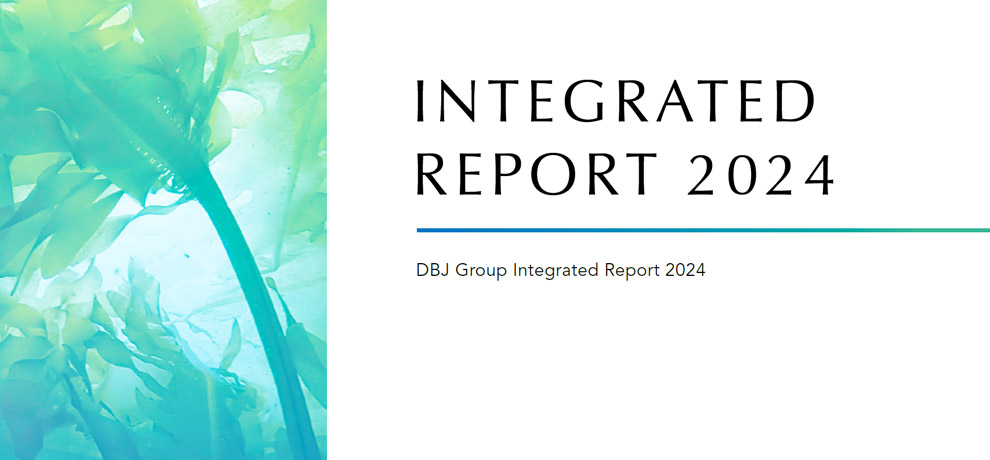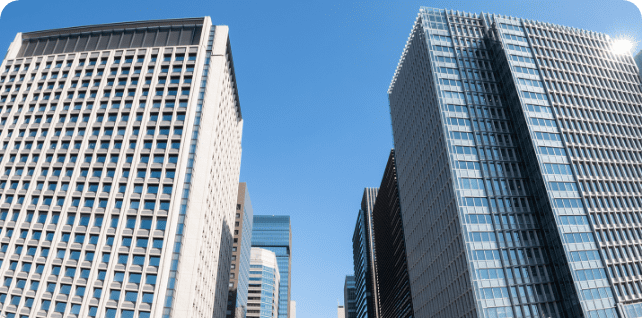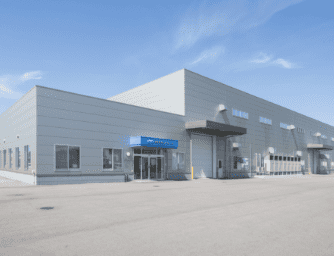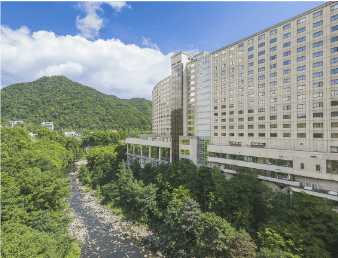Measures for dealing with the Great East Japan Earthquake
- Financing
- Investing
- Tohoku
The Great East Japan Earthquake (or 2011 Tohoku earthquake and tsunami) induced large-scale compound disasters, including a tsunami that was triggered by the massive quake. Disaster-stricken areas covered a wide range and the disaster had a long-term impact. Accordingly, appropriate measures were needed that corresponded to the stage of progress:from restoration to reconstruction and growth. DBJ has developed and executed solutions to local issues in every phase of the undertaking.
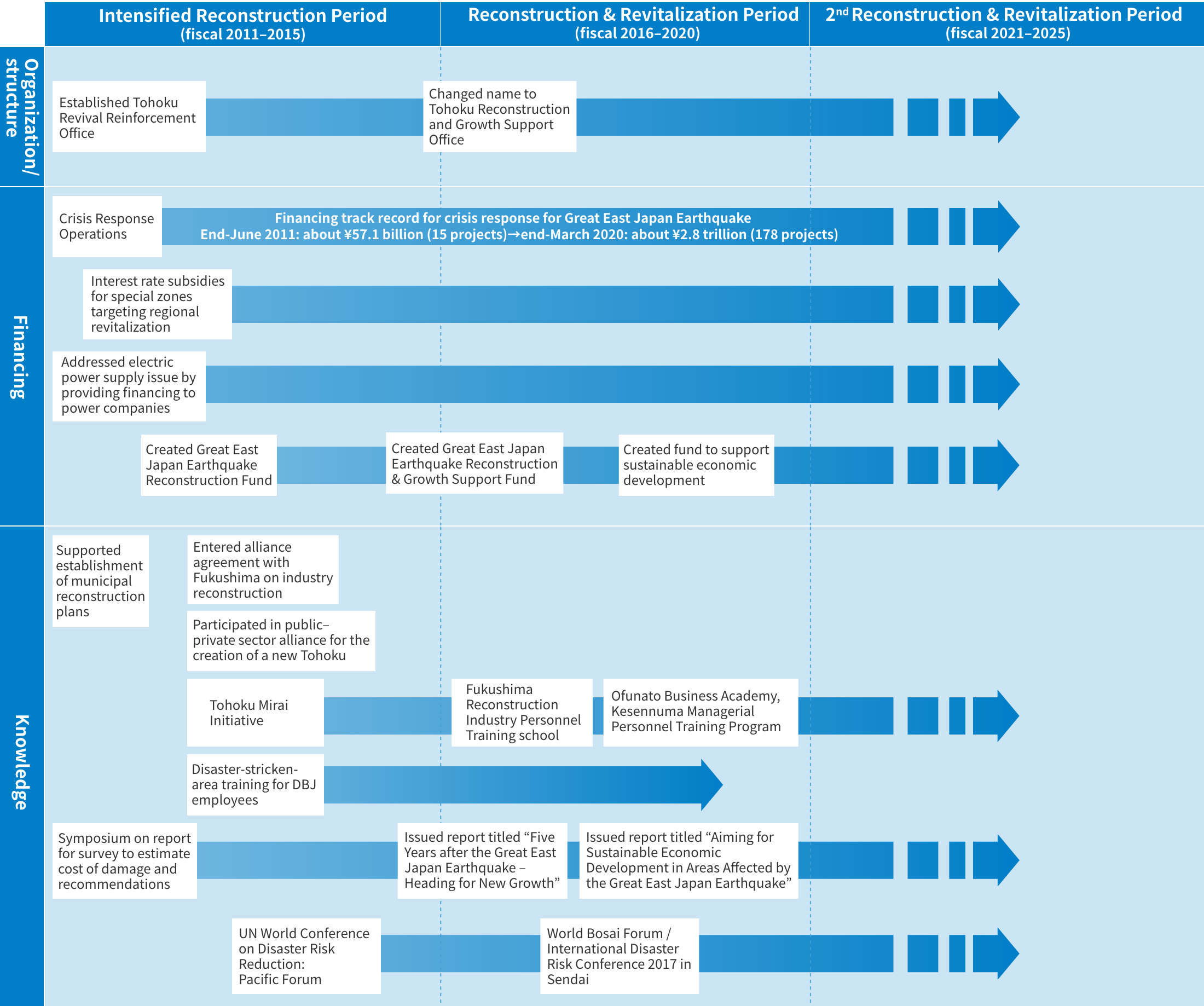
(1) Organization & System
Tohoku Reconstruction and Growth Support Office
In April 2011, immediately after the quake, DBJ set up what was at that time called the Tohoku Reconstruction Support Office. The goal was to integrate beneficial and financial knowhow to make a maximum effort to support restoration and reconstruction in disaster-stricken areas.
The Tohoku Reconstruction Support Office was a cross-organizational system in which the head office and branches of DBJ worked in cooperation. The office provided information related to disaster-stricken areas, including estimates of damage costs, and engaged in surveys and planning operations that contributed to creative restoration by cooperating with local governments, government institutions, economic organizations, and local financial institutions.
In April 2016, the fifth year after the earthquake disaster, DBJ changed the name of the Tohoku Reconstruction Support Office, renaming it the Tohoku Reconstruction and Growth Support Office. The name change reflected that the reconstruction of the Tohoku region had largely been completed and that emphasis had transitioned to a phase targeting new growth.
(2) Financing
Crisis Response Operations
Subsidized Interest Rates for Reconstruction in Special Zones(See Reconstruction Agency page.)
The Subsidized Interest Rates for Reconstruction in Special Zones program was one aid measure designed to support reconstruction promotion plans prepared by local public organizations and designated by the central government for the purpose of smooth and quick restoration of the areas devastated in the Great East Japan Earthquake. The Tohoku Reconstruction and Growth Support Office supports the smooth implementation of business operations via the government's provision of grant-in-aid for paying interest on loans for capital that is required by core businesses that will implement reconstruction plans in disaster-stricken areas. DBJ, as a designated financial institution, conducts financing that utilizes the government's grant-in-aid program for paying interest.
Regional bank joint fund
DBJ, in partnership with financial institutions in disaster-stricken areas, established the Great East Japan Earthquake Restoration Fund in 2011 to support the restoration and reconstruction of companies damaged in the Great East Japan Earthquake. In 2014, quake recovery was shifting from the restoration phase to the reconstruction and growth phase. In response to this, DBJ collaborated with local financial institutions and the Regional Economy Vitalization Corporation of Japan (REVIC) and established the Great East Japan Earthquake Reconstruction and Growth Fund.
Furthermore, in September 2018, seven years after the quake, the Fund to Support Sustainable Economic Development was reestablished. Amid a leveling off of restoration demand, progress was being made in Iwate, Miyagi, and Fukushima prefectures with sustainable economic development in areas including the clustering of manufacturers, development of the sixth industry (agriculture, forestry, and fishing), promotion of tourism, and development of new industries, including the medical, robotics, renewable energy, and aerospace industries. The goal of the fund was to supply risk money, including medium- to long-term capital funds, to support ongoing development in each of the above prefectures by solving the management and financial issues faced by local companies that play a role in these industries locally.
(Overview of the Fund to Support Sustainable Economic Development)
| Iwate Hiyaku Ouen Fund | Furusato Sangyo Yakushin Fund | Miyagi Chiiki Kachi Kyoso Fund | |
|---|---|---|---|
| GP | DBJ Regional Investment Co., Ltd. | DBJ Regional Investment Co.,Ltd. Toho Lease Co., Ltd. |
DBJ Regional Investment Co., Ltd. |
| LP | DBJ and Iwate Bank | DBJ and Toho Bank | DBJ and 77 Bank |
| Scale of fund | ¥3.0 billion | ¥3.0 billion | ¥3.0 billion |
Iwate Hiyaku Ouen Fund
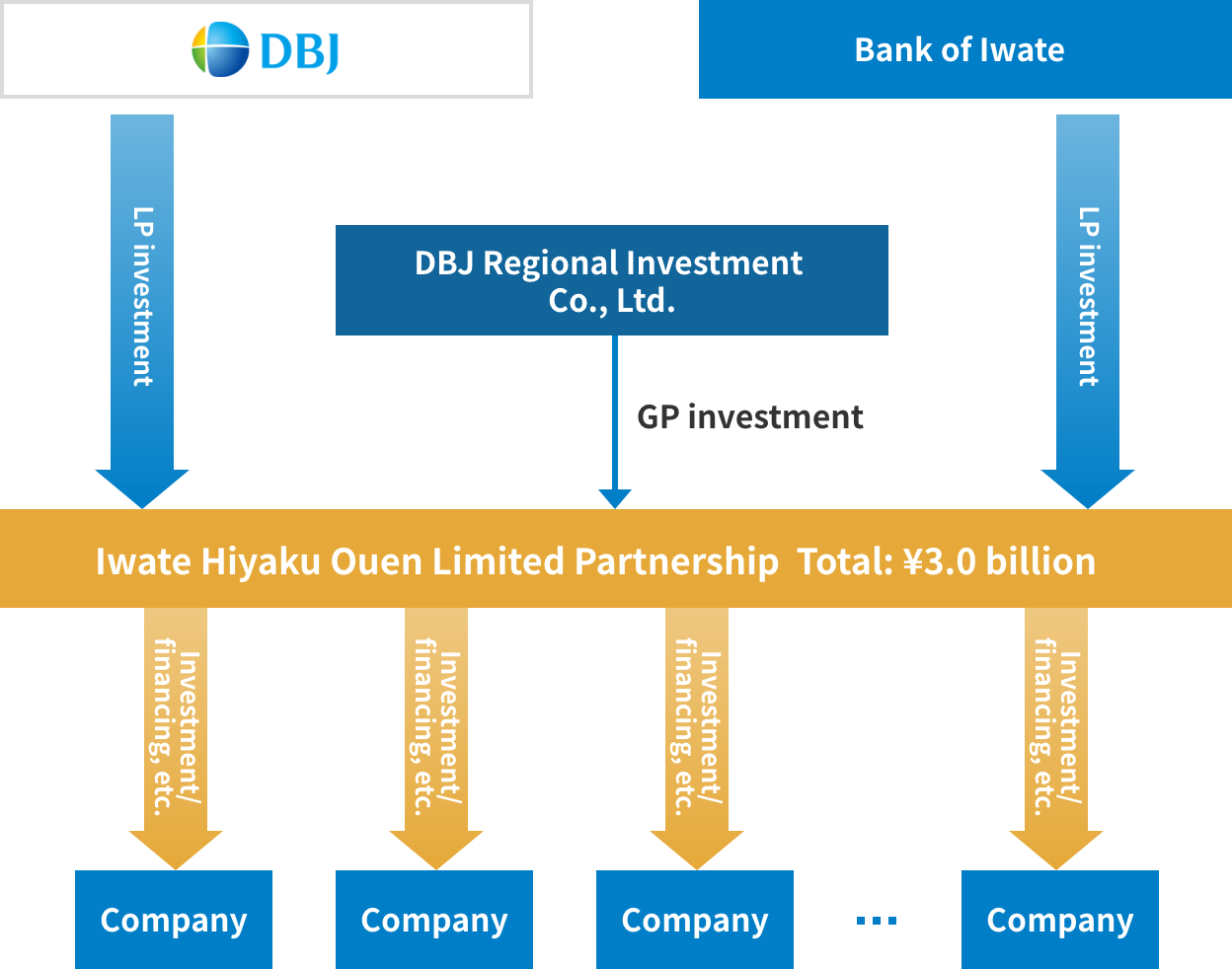
Furusato Sangyo Yakushin Fund
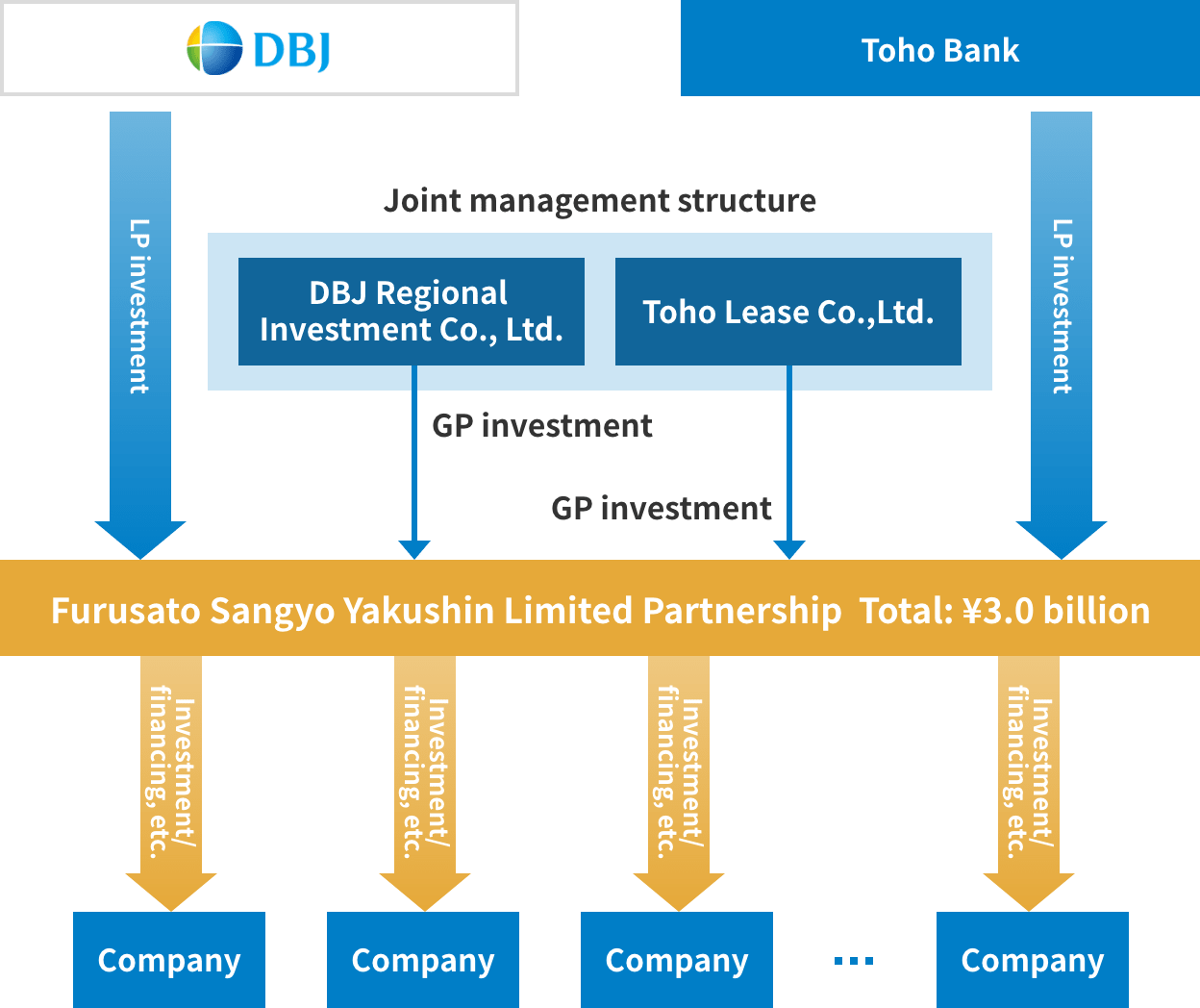
Miyagi Chiiki Kachi Kyoso Fund
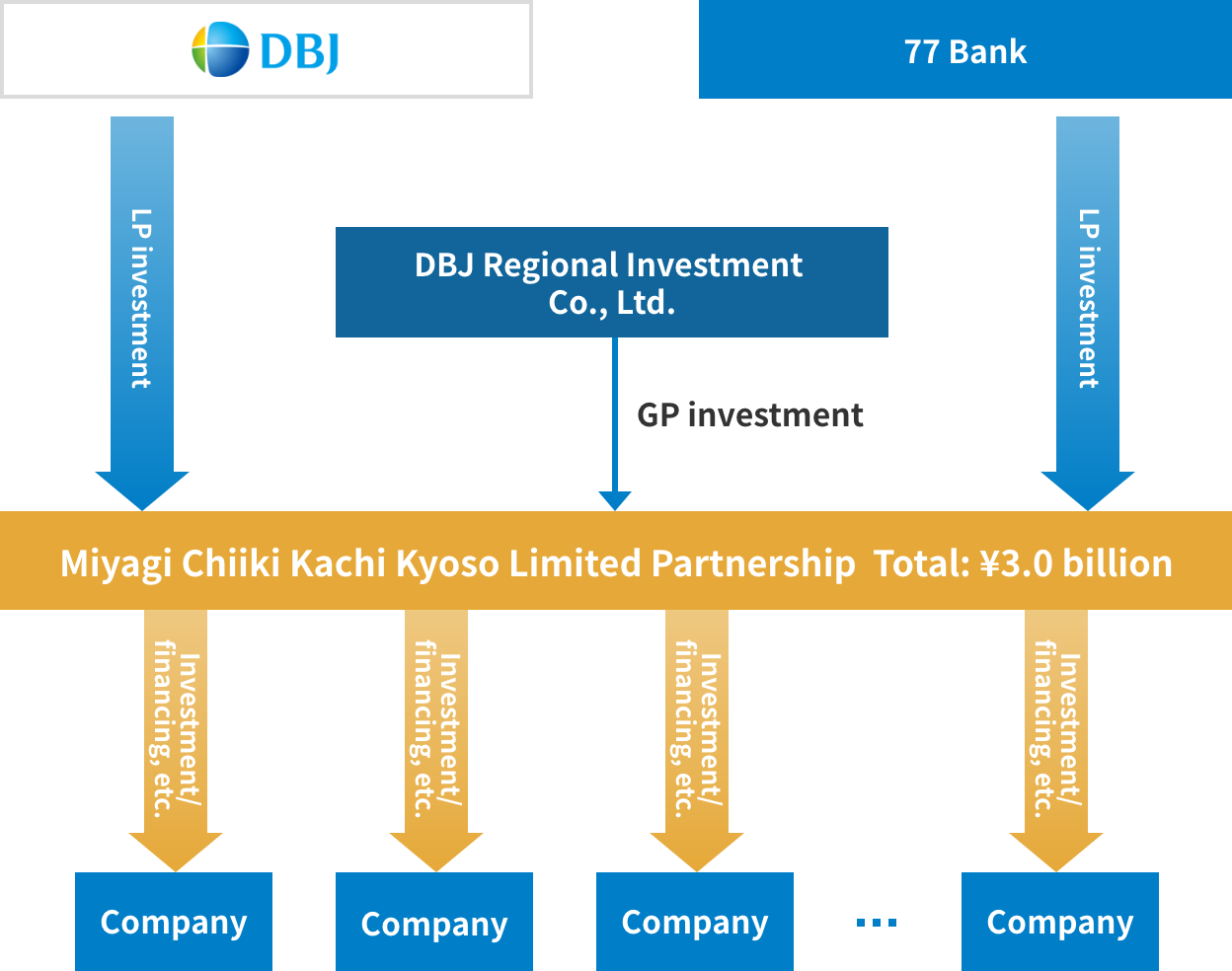
Great East Japan Earthquake Restoration Fund(Iwate,Miyagi,Fukushima,Ibaraki)
Fund with Iwate Bank and Toho Bank
Fund to Support Sustainable Economic Development(Iwate,Miyagi,Fukushima)
(3) Knowledge
"New Tohoku" Public and Private Partnership Promotion Council
The "New Tohoku" Public and Private Partnership Promotion Council was set up in December 2013. The goal of this council is to contribute to various collaborations by establishing networks for the sharing and exchange of information. The council aims to sustain the vitality of the Tohoku region with activities carried out by various key entities, including companies, universities and NPOs that are moving forward with measures in disaster-stricken areas to achieve the creation of a "New Tohoku," which is being promoted by the Reconstruction Agency. Being in agreement with the tenor of these activities, DBJ served as a founding member of this council and is currently participating in the council as a deputy chair.
Cooperation Agreement with Fukushima Prefecture on Industrial Reconstruction
In March 2013, DBJ entered into a cooperation agreement on industrial reconstruction with Fukushima Prefecture. The goal of this agreement is to gather information, examine strategies, train personnel, and carry out other activities that will comprehensively promote local industry and tourism public relations and convey the appeal of the region to revitalize the economy in Fukushima, which was severely damaged in the Great East Japan Earthquake. According to the agreement, DBJ and Fukushima Prefecture will mutually utilize the information and networks they possess to promote the restoration of industry in Fukushima by, among other forms of collaboration in the various fields, (1) inviting companies to move to the prefecture, (2) clustering and nurturing industries in the renewable energy and medical sectors, (3) supporting the restoration of companies inside the prefecture, (4) reviving tourism and expanding the non-resident population, (5) selling and promoting prefectural products, (6) training industry personnel, and (7) backing urban development.
UN World Conference on Disaster Risk Reduction Public Forum
- DBJ Session: Financial Initiatives for Building a Resilient Society--Financial sector's role in disaster risk management and post-disaster reconstruction
- DBJ Session: Aim to Fortify Disaster Response through Alliances and Mutual Cooperation In and Outside Tohoku--Initiatives by the Tohoku Alliance, a unified platform
Davos-Sendai World Bosai Forum: International Disaster and Risk Conference
The UN World Conference on Disaster Risk Reduction is sponsored by the United Nations and sets policy for international disaster risk reduction strategies. In March 2015, the third conference was held in Sendai. As a part of the Public Forum, a side event, DBJ hosted a symposium covering two themes: Financial initiatives to realize a resilient society--Role of finance in disaster risk management and in restoration after a disaster has occurred; and Fortifying disaster response through collaborations and mutual cooperation inside and outside the Tohoku region--Tohoku Restoration Association Conference measures for a united Tohoku. This symposium disseminated to the world information on the experiences and lessons learned from the Great East Japan Earthquake.
At the 3rd UN World Conference on Disaster Risk Reduction, the Sendai Framework for Disaster Risk Reduction was adopted as a new international disaster risk reduction policy. As a part of this framework, the Davos-Sendai World Bosai Forum: International Disaster and Risk Conference was held in November 2017. DBJ participated in the conference as one of its top-tier sponsors. In addition, DBJ led a session based on the theme of multi-sector collaborations between the public and private sectors in the areas of comprehensive disaster management and financial technology. The session was titled "Multi-sector collaborations and financial initiatives to enhance disaster resilience."
Five years after the Great East Japan Earthquake: Focusing on new growth--Lessons learned from the Great Hanshin-Awaji Earthquake
In February 2016, DBJ published a report titled "Five years after the Great East Japan Earthquake: Focusing on new growth--Lessons learned from the Great Hanshin-Awaji Earthquake."
This report, released in the fifth year after the Great East Japan Earthquake, made comparisons and conducted verifications with the Great Hanshin-Awaji Earthquake. In addition, the report analyzed restoration actions taken in Kobe City and potential growth industries in the Tohoku area. It also examined new growth measures for the Tohoku area. DBJ provided advice on the need to foster new growth industries and create projects to overcome a slowdown in the local economy once restoration demand began to disappear.
Necessity of risk money to solve management and financial issues faced by local companies--Focusing on ongoing economic development in areas devastated by the Great East Japan Earthquake
In November 2018, DBJ published a report titled "Necessity of risk money to solve management and financial issues faced by local companies--Focusing on ongoing economic development in areas devastated by the Great East Japan Earthquake."
This report confirmed recovery conditions using economic indicators in three prefectures that suffered substantial damage in the Great East Japan Earthquake. It also confirmed promising industries expected to drive the local economy going forward and analyzed the management and financial issues of medium-cap and small- to medium-sized local companies that were key players in the local economy. Moreover, the report advised on the necessity of supplying risk money that allows local companies to solve issues and thus supports the achievement of ongoing economic development.
3.11 Factbook: DBJ's Initiatives in Response to the Great East Japan Earthquake
In March 2021, DBJ published 3.11 Factbook: DBJ's Initiatives in Response to the Great East Japan Earthquake.
The Factbook was prepared as a means of visualizing the knowledge gained from the Tohoku region's recovery, reconstruction, and growth efforts during the 10 years since the Great East Japan Earthquake, as well as the results of collaboration among industry, government, academia, and the financial community, and to pass on the lessons learned to future generations. We hope the information it contains will prove of benefit in any disaster that may occur in the future.
(4) Personnel Training
Tohoku Mirai Initiative
In April 2012, the Tohoku Mirai Initiative was launched as a five-year project (representative founders: Seiichi Ohtaki, manager of Graduate School of Economics and Management & Dean of Faculty of Economics, Tohoku University; and Kentaro Ohyama, CEO of Iris Ohyama Inc. [titles/positions current at the time of founding]). The project was made up mainly of volunteers from the private sector. It aimed to support disaster-stricken areas and help them to rebuild and strengthen their independence, and from there create a new future. The goal of the initiative was to lay the foundation for independent development in disaster-hit areas. Activities to realize local government restoration plans included operation of a dojo for training personnel to become managers or entrepreneurs, urban development supported by the dispatch of support teams from the private sector, and promotion of local industries. DBJ was a collaborator in this project. It was in charge of sessions based on management and financial themes at the personnel training dojo and dispatched lecturers to training programs.
Ofunato Business Academy and Kesennuma Managerial Personnel Training Program
The Tohoku Future Creation Initiative wound up its activities at the end of March 2017. However, the Ofunato Business Academy, which is sponsored by the Chamber of Commerce in Ofunato City and run in cooperation with the city, newly embarked on the Kesennuma Managerial Personnel Training Program, which is sponsored by Kesennuma City Hall. DBJ is also continuing its cooperation.
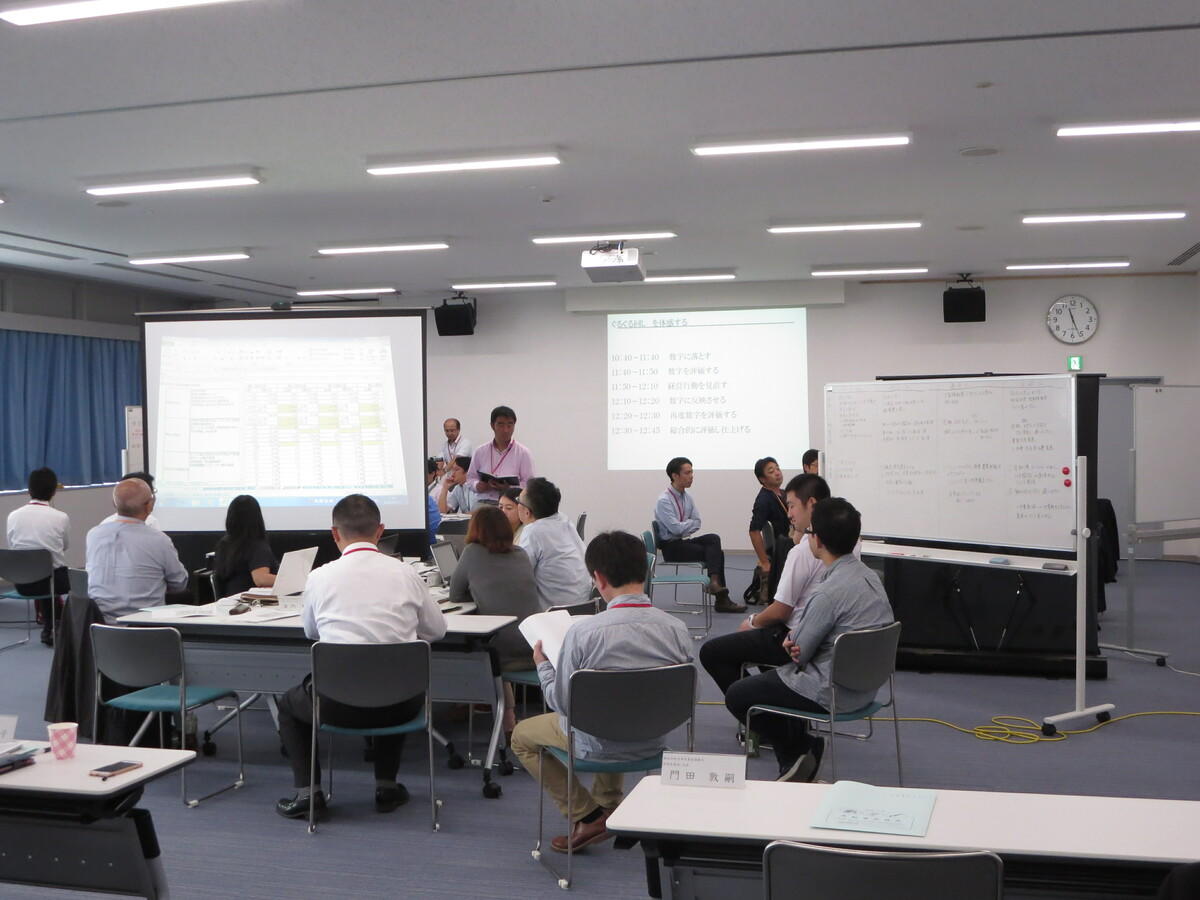
Fukushima Industry Revival Personnel Training Program
After the Great East Japan Earthquake, the Reconstruction Agency established the Fukushima Industry Revival Personnel Training Program in October 2016. This was to train industry personnel to become local leaders who would play a role in the revival of industry and creation of businesses in 12 towns and cities that were especially hard hit in Fukushima. Since fiscal year 2016, DBJ has supervised and implemented three training sessions on finance and the creation of business plans.
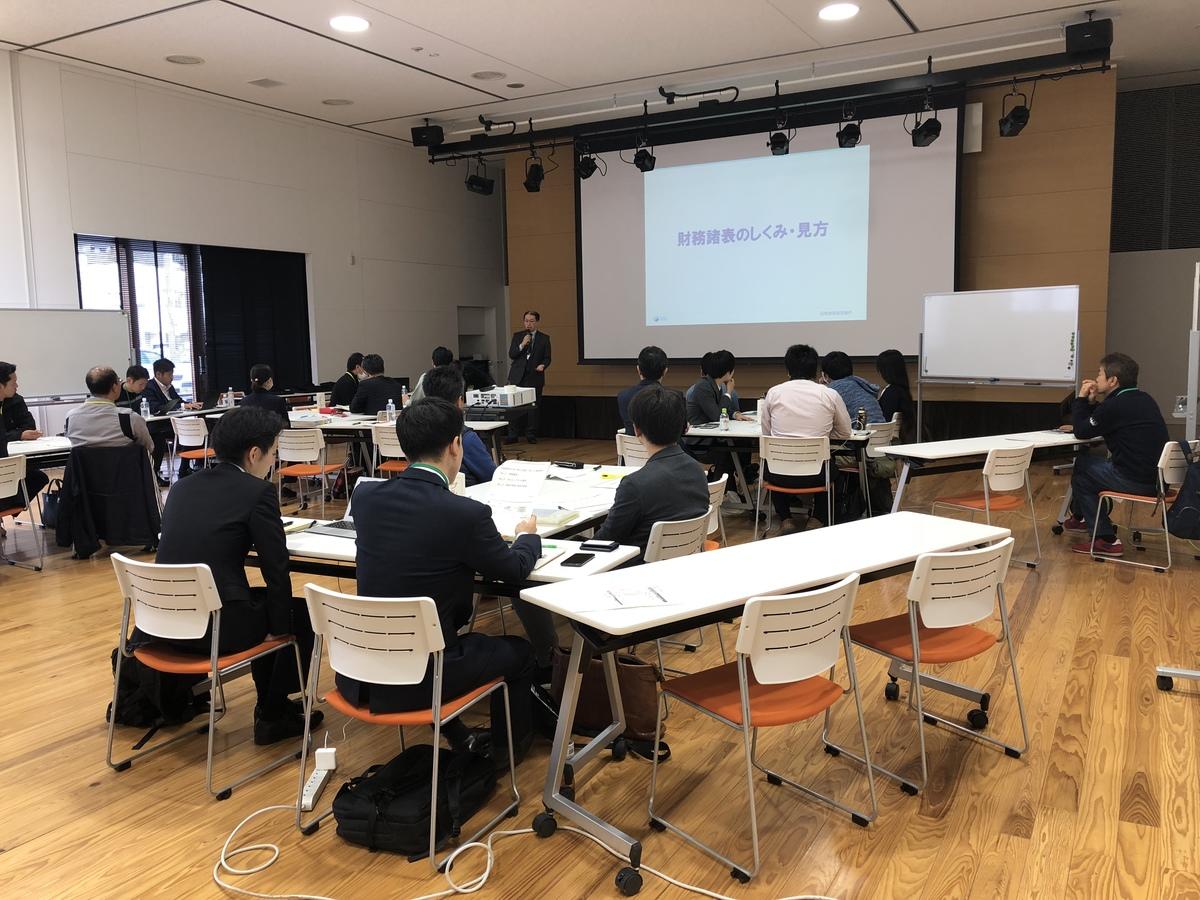
Related information
-
Cases
-
DBJ News

